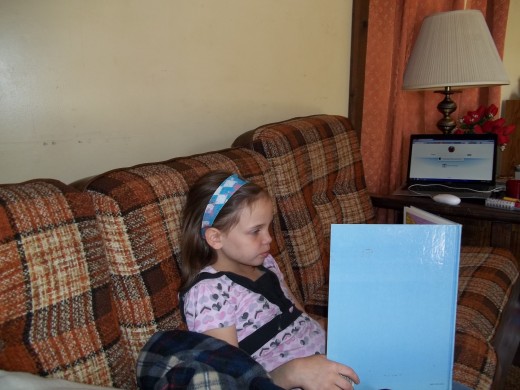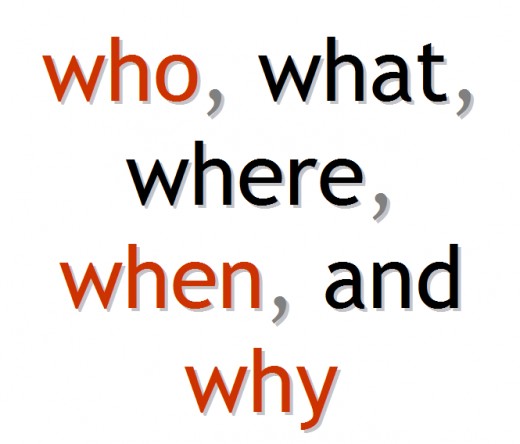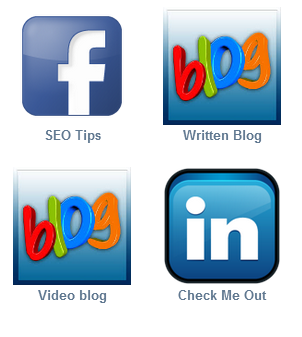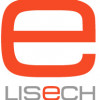How to, A guide to article writing
Write to your audience

As an article writer we need to answer these questions.
As a writer these four questions properly answered can enhance your readability and readership. Who is your audience? Did demographics play a part in understanding who your audience is? Are your articles being written to their reading level? Do you let others know your content exists with methods other than Search engine optimization?
Keyword research
Keyword research showed business people and middle school/ high school children who are doing research into Indians or the Amish culture are my key audience. Other writers seem to enjoy the Amish and Indian articles also. I find many times my articles are also being read by people who use a translator to read them. It seems American Indians and the Amish culture are of interest to people in other countries. At the level those articles are written they are easier to translate and will keep a more correct meaning.
Write to the reading level of your audience
My articles are written at a level each key audience can understand. This is as it should be. In the past when tutoring college students they were always told to write to their audience. Their audience were other college students and teachers. This was pointed out by every teacher the students dealt with. More than once I had to bring this to a student's attention. Writing to a lower level always lowered their grade, just as was writing beyond their level.
There is not really an exception to this rule
There was only one case in my memory this didn’t hold true. It was a class in business communication. The student being tutored wrote part of an assignment to a level way above what the other students could understand and very effectively put across to the teacher an error he was making. She received 100 percent for that essay only because the teacher understood he was the only member of the audience who was the target. The other students reading the essay understood basically the part that pertained to them.
Proof read and edit
My Indian and Amish articles are all read by a nine year old before publishing. If she has trouble they are edited until she can understand every word. She is “smarter than the fifth grader, she currently is”. Her reading has been tested at an eighth grade level. This is the average reading level of the general population in the United States. For those whom English is a second language in most cases they also read at this level. If the audience is mainly those with English as a second language a sixth grade level is a better choice.

Does your article answer questions your reader would ask?
Most people who read want to know how what you write affects them. They also want answers to the questions who, what, where, when and why. Is there personalization in what you have written? My belief is my reader should see something of me in every article written. This is even true of my business articles. People who feel they know "you" are more likely to be return readers or buy from you. Business associates are given the links to my hubpages articles as a way for them to really get to know me.
Offer Value to your readers
Just like in business if you don’t offer something of personal value to your readers they will “buy” somewhere else. If you don’t provide a reader with something of value to them personally, they will not finish reading your article. Make sure your title conveys what your article is about and your keywords are relevant.
Does your title match your keywords and content?
When our corporation blasts an ad to 300,000 people the average hit rate is 500 hits with 5 sign ups. Just like an article it's the title (subject line) which pull readers in. The contents of the email are what hold interest and the click through is based on the perceived value of the offer. Placement of links, asking for the click through, and personalization are important too. We have been told our click through rate is fantastic however we still feel there is room for improvement.
Quality content
In marketing name recognition is a major key and can’t be brought into play as it should be in email blasts. My audience doesn’t know me until they open the email. There are generally two short sentences written to show the reader a little about the corporation inside the email. Business email readers get bored easily, more than a few short sentences of introduction and “click’ they are gone.
Name recoginition
As a writer name recognition is important too. Name recognition is what will bring return readers. Who hasn’t heard of Steven King? Even people who have no interest in his writing have heard of him. If you mention his name here the seven year old will say “that is the name on the books momma reads”.
Social media
In today's internet world Social media plays a major role in helping genre specific readers reach your articles. Time should be spent weekly talking to the audience you create on your social media. This includes weeks when you create no new content. For those who use social media weekly timing is crucial. You want readers to understand you have a specific time when you will be available. Testing the day you will be on as well as the time is part of every great writers plan. You want to be on when as many of your audience as possible will be able to reach you.
Sharing articles helps readership

Write to your audience, linking matters
Don’t overlook readers no matter where they come from, anyone can use a social network to pass on your work. You never know when something written to your audience and read by someone above it, may find it suitable for their audience. When the quality and message resonates other will share for you. As a corporation we have actually linked articles to business blogs. We also use Facebook groups to link articles and our brand message. Every writer wants their work available to as many of their target audience as possible. There will always be a place for quality articles in every niche.
© Revised January, 20, 2016 Dennis Thorgesen for Lisech eMarketing, a division of Lisech Global Ventures Inc. All rights reserved.








